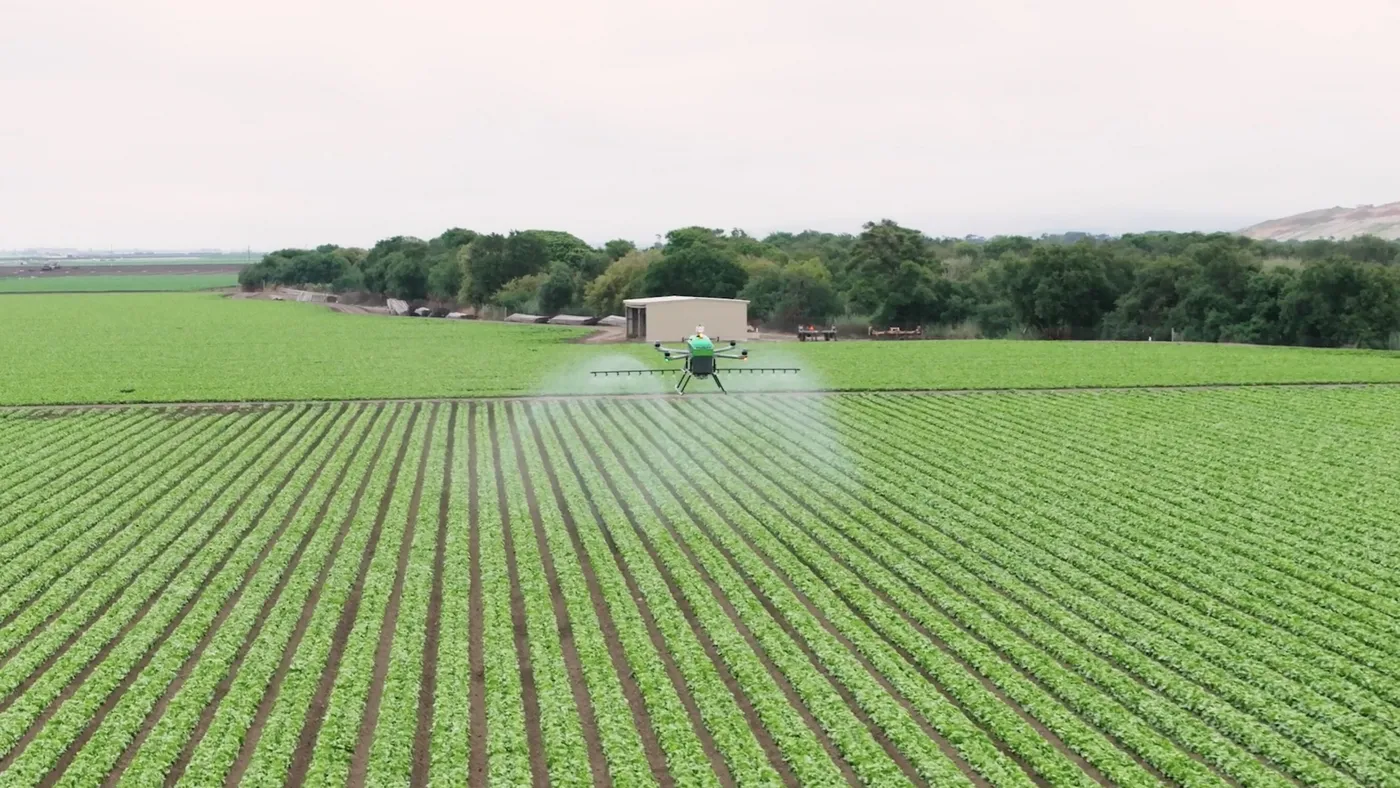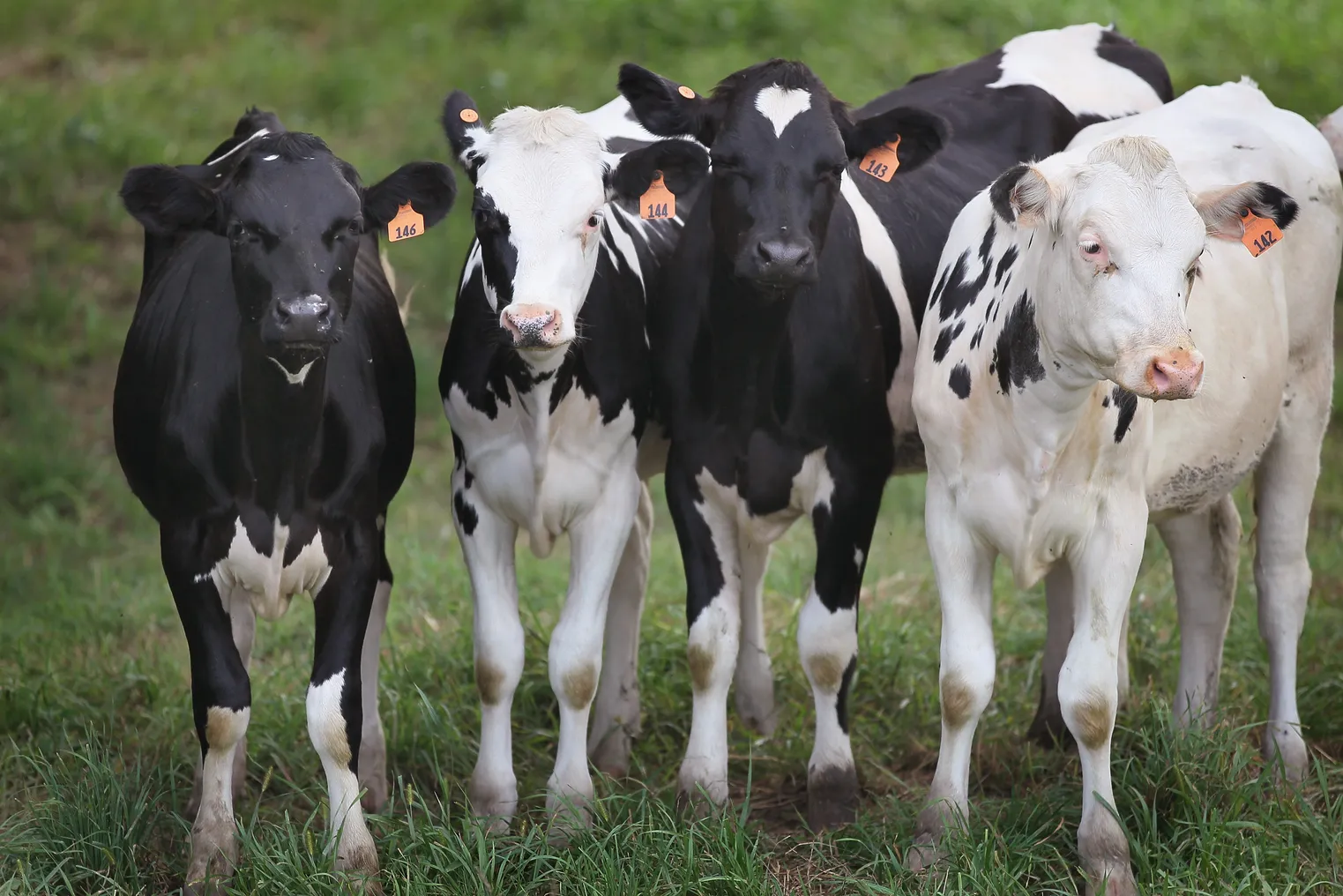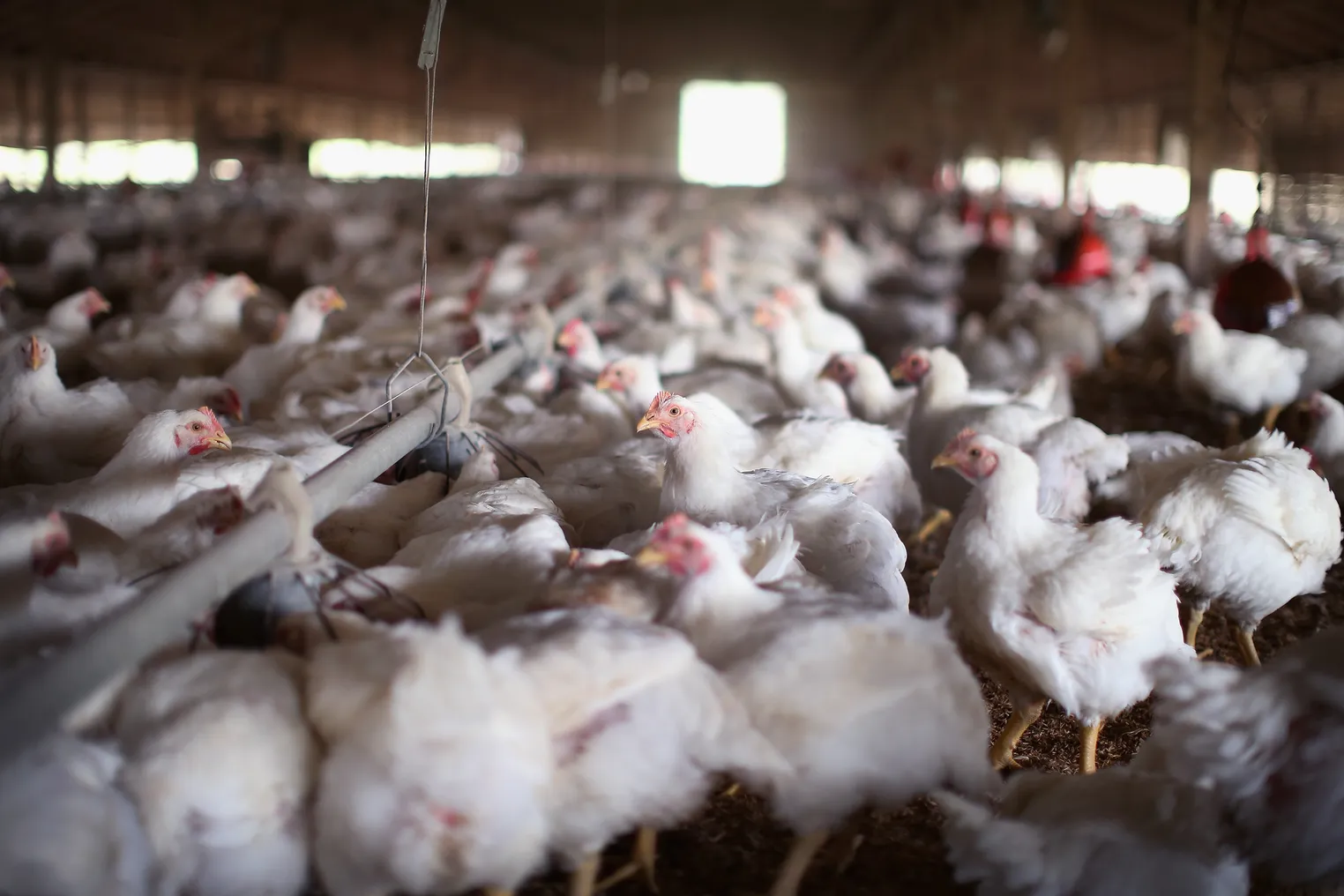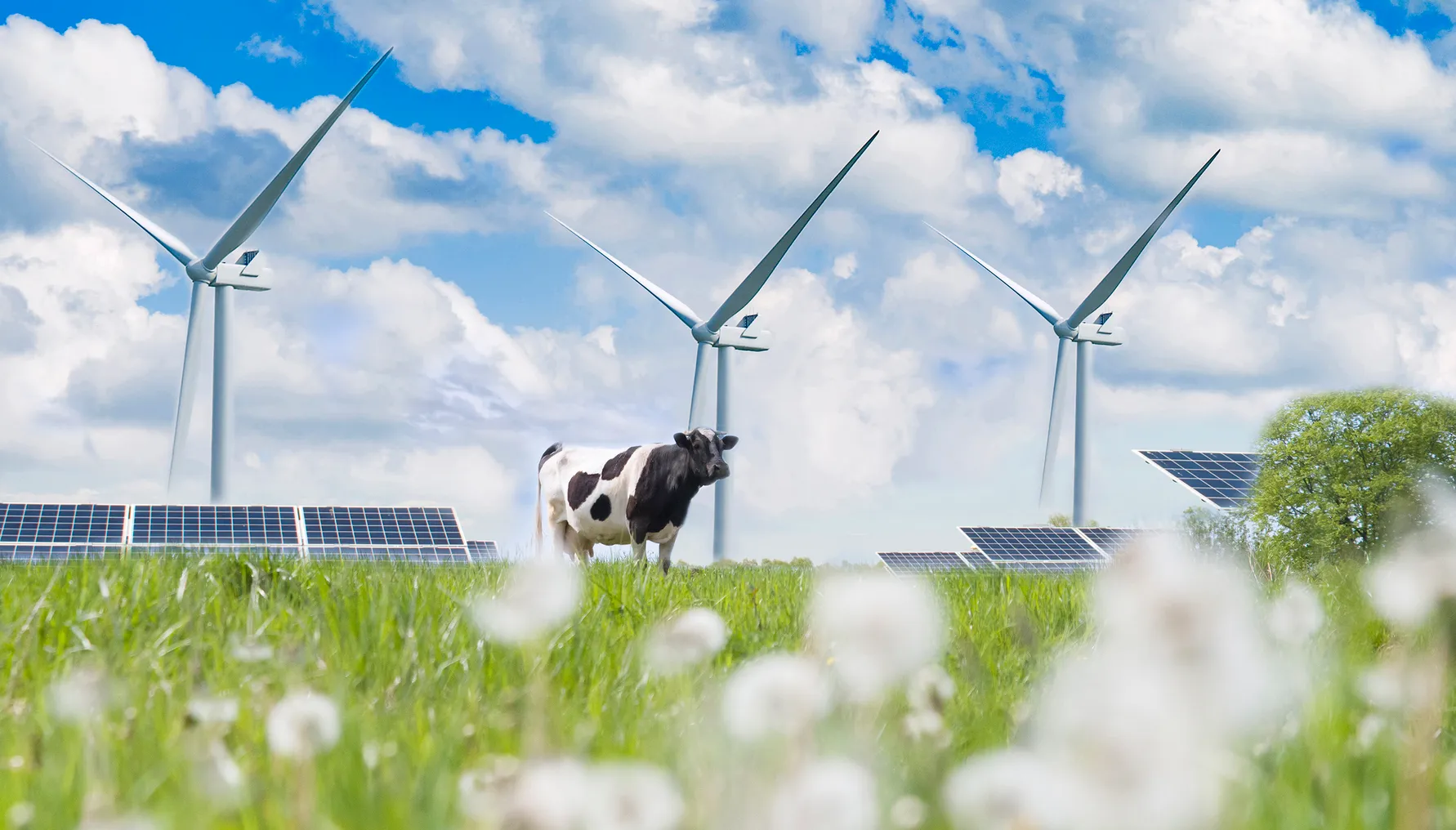By: Nathan Owen
• Published Jan. 25, 2024
• Updated Feb. 29, 2024
"Food is fuel," as the old saying goes. And with agriculture playing a larger role in a global desire to move to renewable energy, that adage is becoming quite literal.
To reduce carbon emissions and industrial practices on farmland, an increasing number of producers are finding ways to get the most out of their operations using sustainable methods that also carry revenue opportunities.
Farm renewables are expected to grow this year following the latest U.N. climate summit, COP28, where some of the largest food companies committed billions of dollars and outlined plans to cut methane emissions, transition away from fossil fuel use and support farmers adapting their operations and practices to accomplish their sustainability goals.
Despite pushback from critics who claim that many of these solutions are “greenwashing,” farmers are making a number of unprecedented changes on the farm. With new funding available, farms are harnessing electricity from wind turbines or solar panels to power their operations, transforming dairy cattle waste into rich biogas or growing crops to be crushed into biofuel for aviation.
Here is what to look for when it comes to renewables on the farm in 2024.
Farming off the grid
As more capacity comes online, wind and solar is expected to grow by a combined 39% in 2024, overtaking electric power generation from coal for the first time ever, according to the U.S. Energy Information Administration. But getting there is going to take a lot of land.
Agrivoltaics, or farming and generating electricity on the same land, is one part of the solution. The practice can not only help farmers diversify their income, but also reduce their energy consumption in the face of climate change.
Developed by two European researchers in 1981, agrivoltaics can involve growing crops and raising livestock on the land beneath or between solar panels. Still a relatively new practice in the U.S., the most common applications include apiaries or sheep grazing operations, but farmers are also raising vegetables, chickens and rabbits.
“There’s lots of innovation in the space,” said Stacie Peterson, energy program director at the National Center for Appropriate Technology, an organization focused on farm and sustainability solutions. “And we’ve seen a lot more growth this last year.”
The National Renewable Energy Laboratory identified 477, agrivoltaic projects representing nearly 7.2 gigawatts of solar capacity, with more than 150 projects added over the last nine months.
These projects create new revenue streams for farmers. Those who install their own panels can lower their own energy costs while selling excess power to utility companies or co-ops. Additionally, farmers can lease out their land to solar companies, reducing some of the upfront infrastructure costs.
In addition to generating enough electricity to power nearby residences, the solar panel infrastructure could actually improve farming operations.
Solar panels act as shade for crops and livestock, creating a cooling effect that can reduce overall water usage. This can be useful for water-intensive crops grown in California, Oregon and other states, Peterson said.
However, farmers must do plenty of research to ensure agrivoltaics is the right fit for them. Federal grants and loan opportunities have made it more cost-effective to build renewable infrastructure, but it also depends on what farmers do with the land, Peterson said.
“It can be a lot more expensive in some cases,” she said. For example, cattle co-location requires more steel for additional fencing, while harvesting honey or raising sheep can be less costly.
Other challenges can be policy or grid-related. Utilities infrastructure varies across the country, creating limitations for what farmers can do with their generated electricity. Some agrivoltaic operations are too small to sell directly to power companies, so instead they sell to cooperatives or third-parties. Farmers also can store their own electricity for later use.
Depending on the size of the operation, the site could be classified as an agrarian or industrial site, creating serious tax implications. And although agrivoltaics is meant to ease land use conflicts, community buy-in will still be key to getting projects off the ground.
“You have to think about the impact it has on a local community,” she said in regards to changing the cultural landscape of a place.
Biodigesters
It’s no secret that cows have a methane problem.
Livestock accounts for about 33% of the nation’s methane emissions, according to the U.S. Environmental Protection Agency. Most of that comes from enteric fermentation, the process by which cows digest food, but a good amount is also traceable to how animal manure is stored and managed.
One way farmers are working to solve the issue is through a process called anaerobic digestion, which diverts methane emissions by transforming waste into rich biogas.
John Forcier, a biogas and anaerobic digestion expert, said he sees the technology not only as a way to improve the environment, but also as a potential revenue stream to help save small- to medium-sized family farms in his home state of Vermont.
The digesters themselves are airtight vessels in which bacteria breaks down organic matter, such as manure, to create usable gas. Once captured, biogas can produce heat or electricity for use in engines, turbines or fuel cells, according to the Environmental and Energy Study Institute. It can also be further processed into biomethane and injected into natural gas pipelines or used as vehicle fuel.
On-site digesters also process waste into a less smelly, nutrient-dense digestate that is spreadable on farmer fields, reducing the need for chemical fertilizers by as much as 50%.
“It’s truly a win-win-win [scenario],” Forcier said.
These large, pressure cooker-like machines have grown in use and popularity among farmers over the years. According to the latest USDA data, the number of on-site anaerobic digesters peaked at 322 in 2021. Meanwhile, oil giants including Shell and Chevron are exploring the potential for biogas as entire businesses crop up to help farmers transform food and farm waste.
While adoption is trending upward, there are barriers to entry. According to the U.S. Environmental Protection Agency, there are significant upstart costs that could outweigh the benefits of operating a digester, including more staff and permit requirements. Revenue from renewable electricity generation can also often be too low to make up for the deficit.
In recent years, environmental advocates have also pushed back against anaerobic digesters, arguing the machines actually undermine efforts to fight climate change. Biogas facilities have been found to leak and spill sludge, proliferating air and water pollution, according to a letter signed by 200 environmental groups.
Forcier acknowledged that biodigesters can cause environmental problems when farmers don't “maintain it as well as it should.”
“But with the right technology, the right feedstocks, the right recipe and assistance on all that, it’s really simple,” Forcier said.
New markets for biofuels
Although the ethanol market faced some headwinds in 2023 with the expansion of electric vehicles, new opportunities for corn or soybean-based fuel could be on the horizon.
The U.S. Environmental Protection Agency disappointed biofuel advocates last year after it pulled back on potential biofuel targets. Once touted as a sustainable fuel for passenger vehicles, ethanol is now taking a backseat as the electric vehicle industry skyrockets.
Instead, farmers are finding more demand for the renewable diesel industry to power heavy industries that are difficult to electrify. Fully electric planes and cargo ships, for example, are not yet practical, making biofuels an important solution.
Tons of new capacity for renewable diesel, commonly made from soybeans, have come online in the last year or so, and more construction is underway in the Midwest. Meanwhile, more agriculture companies are working hand in hand with oil giants to find sustainable solutions for aviation and marine fuel.
Scott Richman, chief economist at the Renewable Fuels Association, said ethanol production will likely increase incrementally from last year, while renewable diesel is set for major growth. He also expected sustainable aviation fuel to take off.
“They have a lot of potential,” Richman said about the burgeoning biofuel categories.
The Biden administration recently announced new opportunities for agriculture producers to receive tax credits for sustainable aviation fuel. Oil giants like Chevron have also looked to substantially increase biodiesel capacity to help the maritime industry transition to low-carbon fuels.
To meet growing demand for biodiesel, farmers are beginning to plant more soybeans instead of corn. Soybean futures are nearly triple the current price of corn, according to the Chicago Mercantile Exchange, and farmers can get a better price as more crush capacity becomes available.
Capacity for sustainable aviation fuel is also growing. Lanzajet, one of the leading U.S. companies in the sector, recently developed a technology that transforms ethanol into sustainable aviation fuel, which can immediately be used as drop-in fuel for existing aircraft to cut down on carbon emissions. The fuel is currently being processed at a factory less than 100 miles from Savannah, Georgia.
“That should provide more market opportunities for 2024 than was the case in 2023,” Richman said about continued buildout in the renewables space.
Article top image credit: Perytskyy via Getty Images







